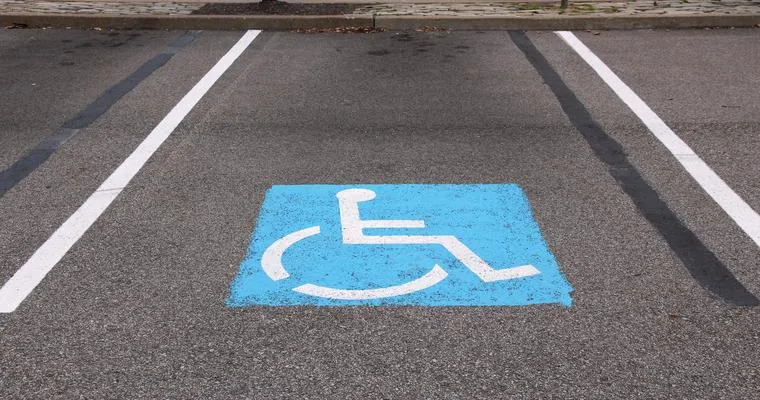Deciding "when to start using a wheelchair" can be a significant and sometimes challenging decision for individuals facing mobility issues. Whether due to injury, chronic illness, or aging, understanding the right time to transition to a wheelchair is essential for maintaining independence and enhancing quality of life. This article aims to provide guidance on recognizing the signs that indicate it may be time to consider using a wheelchair, the benefits of early adoption, and tips for a smooth transition.
Recognizing the Signs
One of the first steps in determining "when to start using a wheelchair" is recognizing the signs that mobility is becoming a challenge. Some common indicators include:
1. "Increased Fatigue": If walking short distances leaves you feeling excessively tired, it may be a sign that your body needs assistance.
2. "Frequent Falls": A history of falls or near-falls can indicate instability and the need for a mobility aid.
3. "Pain or Discomfort": Experiencing pain in your legs, hips, or back while walking can be a sign that you need to limit your mobility.
4. "Difficulty with Daily Activities": Struggling to perform tasks such as grocery shopping, attending social events, or even getting around your home can signal the need for a wheelchair.
Benefits of Early Adoption
Delaying the use of a wheelchair can lead to further complications, both physically and emotionally. Some of the benefits of starting to use a wheelchair early include:
"Increased Independence": A wheelchair can empower individuals to navigate their environments without relying on others for assistance.
"Improved Quality of Life": By alleviating the physical strain of walking, individuals can engage more fully in social activities and hobbies.
"Enhanced Safety": Reducing the risk of falls and injuries can lead to a more confident and secure lifestyle.
Choosing the Right Wheelchair
Once you determine it’s time to start using a wheelchair, selecting the right one is crucial. Consider the following factors:
1. "Type of Wheelchair": There are manual and electric wheelchairs available. Manual wheelchairs require self-propulsion, while electric models offer powered assistance.
2. "Size and Fit": Ensure the wheelchair fits your body properly to provide comfort and support.
3. "Portability": If you plan to travel or take your wheelchair in a car, consider a model that is lightweight and easy to fold.
Getting Support
Transitioning to a wheelchair can be an emotional process. It’s essential to seek support from family, friends, or professionals. Occupational therapists can provide valuable advice on adapting your home and lifestyle to accommodate your new mobility aid.
Conclusion
Determining "when to start using a wheelchair" is a personal decision that should not be taken lightly. By paying attention to the signs of mobility challenges, recognizing the benefits of early adoption, and choosing the right wheelchair, individuals can enhance their independence and overall quality of life. Remember, there is no shame in using a wheelchair; it’s a tool that can help you live your life to the fullest.





